Ever heard the term “A Canary in a Coal Mine”? Supposedly years ago coal miners would bring canaries deep into the earth with them while mining. If oxygen levels fell to unsafe levels, the bird would demonstrate the effects first, pass out and thereby tell the miners to seek safety.
Earlier this week Cornell University issued their annual report on bird population health (or lack thereof). Folks, we’re killing our planet. The data is disheartening … from the report’s overview: “The United States and Canada have lost 3 billion breeding birds since 1970—a loss of 1 in 4 birds”. This is not a debate about climate change … the bird population loss is due to reduced or poisoned habitat. We all live in this habitat / land … A Canary in a Coal Mine. Think about it.
Personally I am very lucky and live on a migration highway (the North Shore of Lake Superior) and near the top of not one, but three watersheds (Mississippi River, Hudson Bay, and the Gulf of St. Lawrence). My local water is not downstream of anyone else.
Yesterday was a good example in that I tend to see birds most folks do not come across. Visiting the Forest Hill Cemetery I found a Rusty Blackbird. It was eating bugs in the middle of a small mudflat. Perhaps blackbirds do not excite you, but Rusty Blackbirds are just one small example of the problem. Cornell states: “The population has plunged an estimated 85-99 percent over the past forty years”.
Rusty Blackbird Finding Breakfast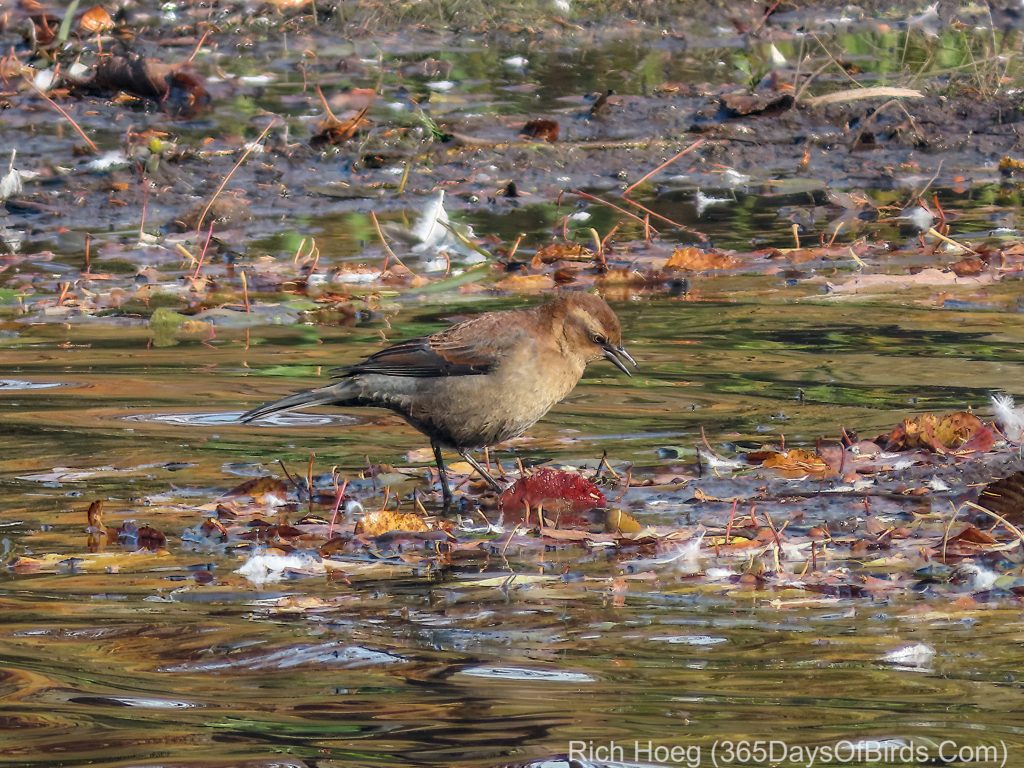
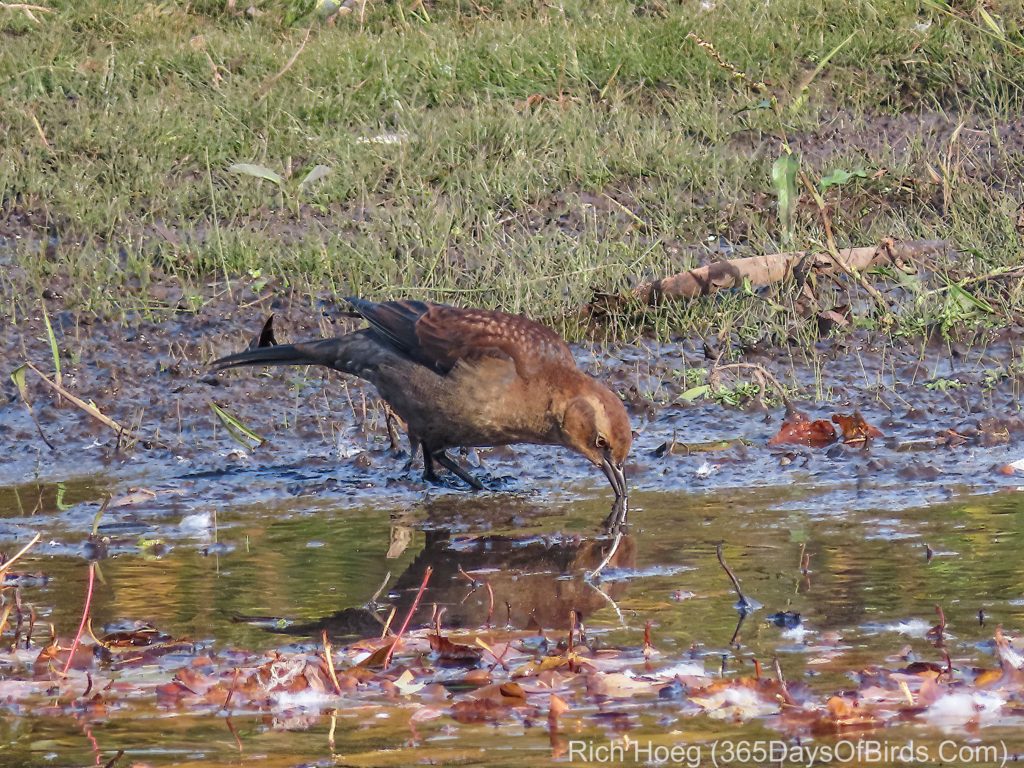
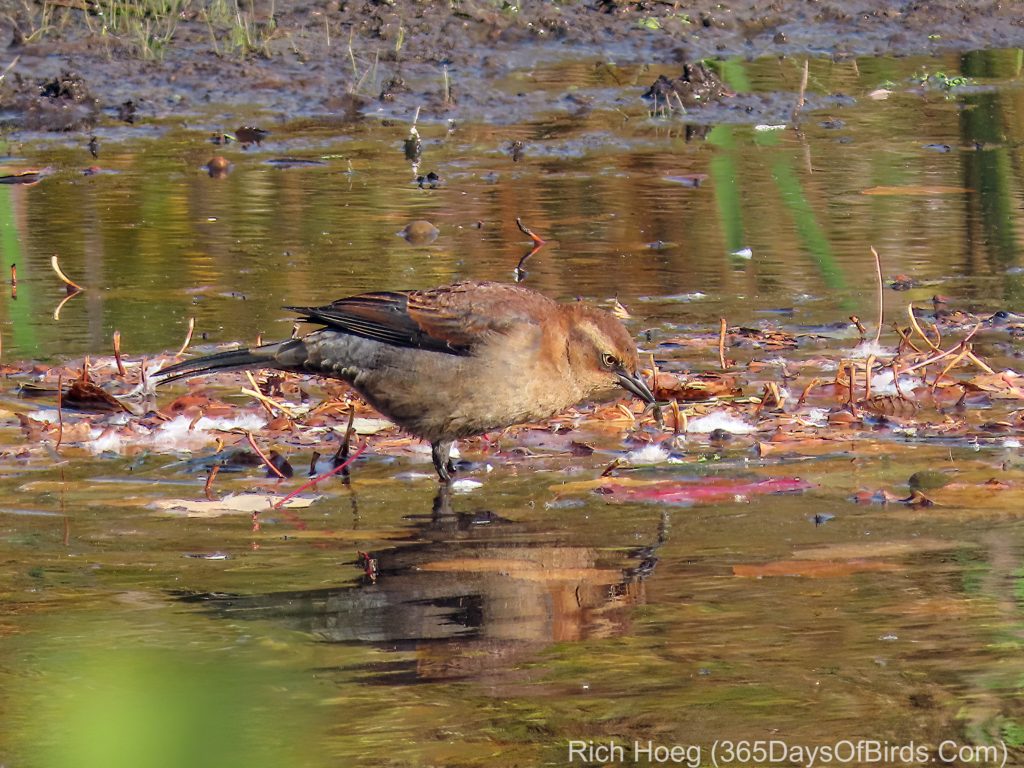
On the Lookout for Merlins and other Raptors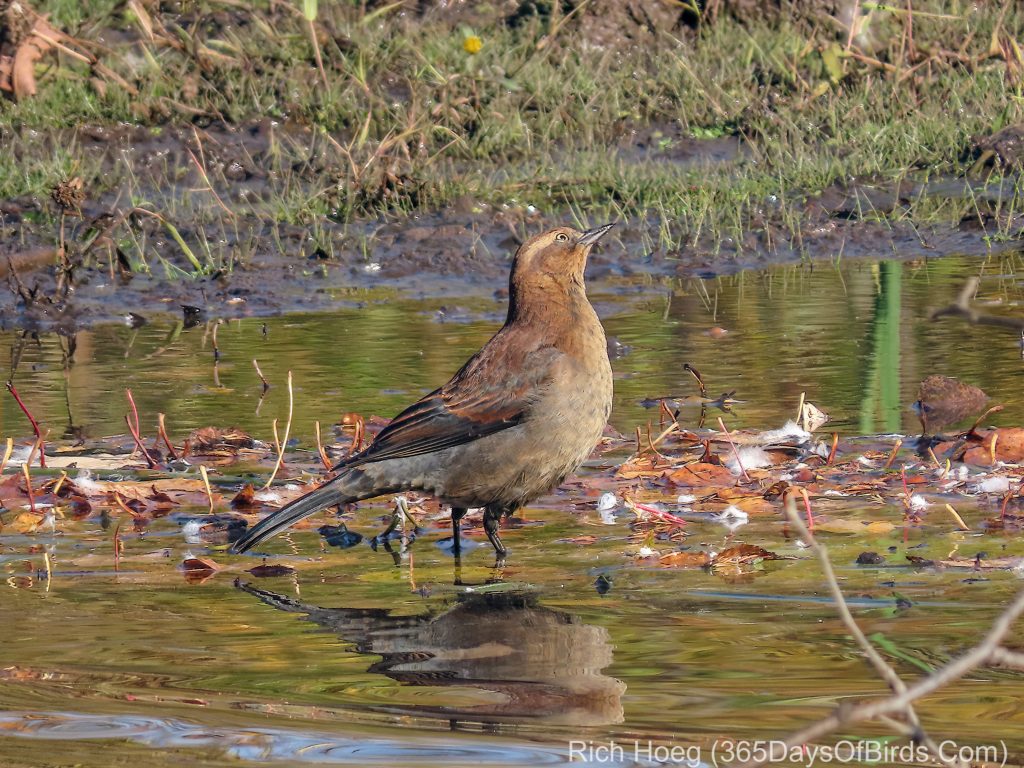
Yesterday I also found a few Black-Billed Magpies up at Sax-Zim Bog.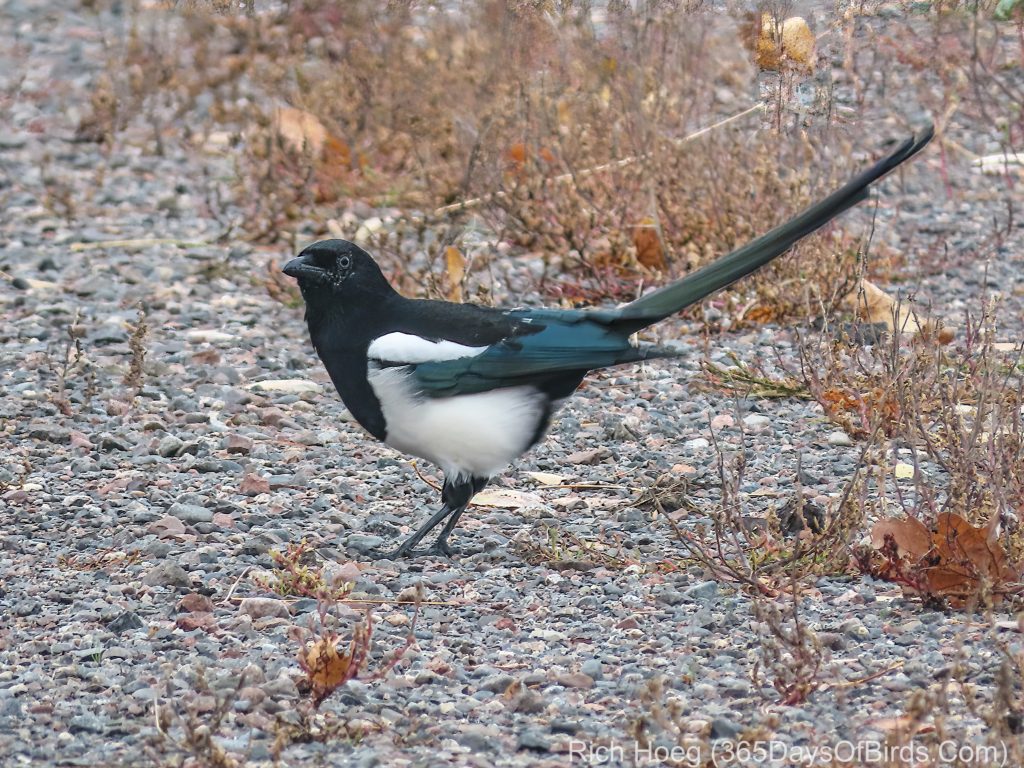
Thank you for your inspiration